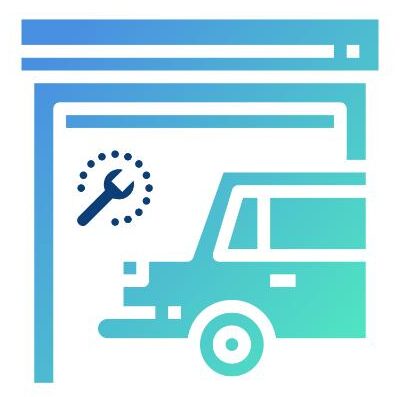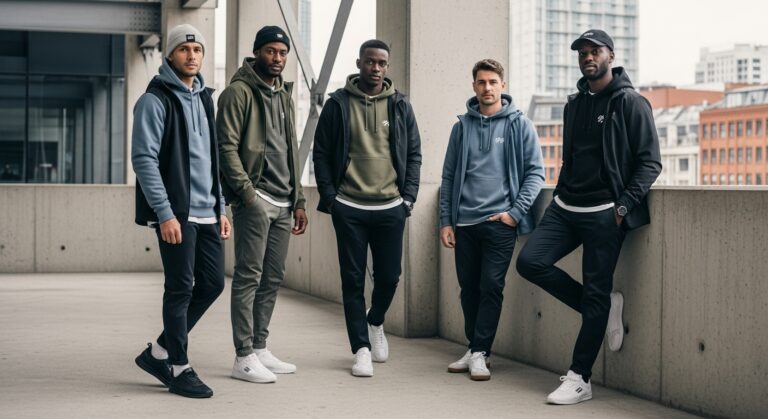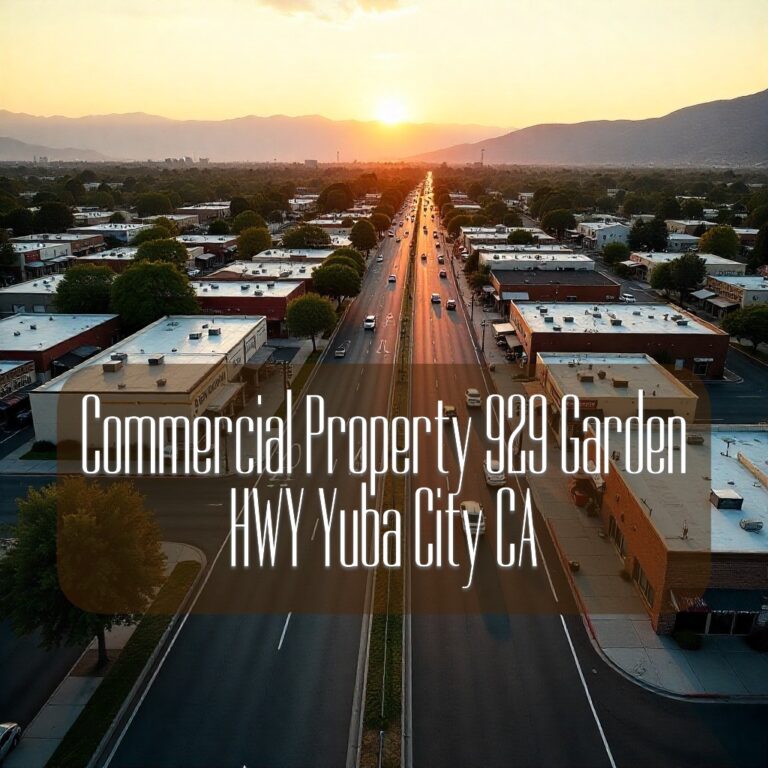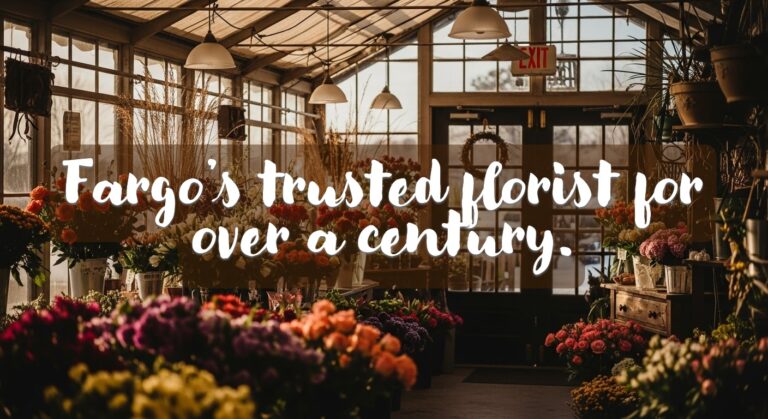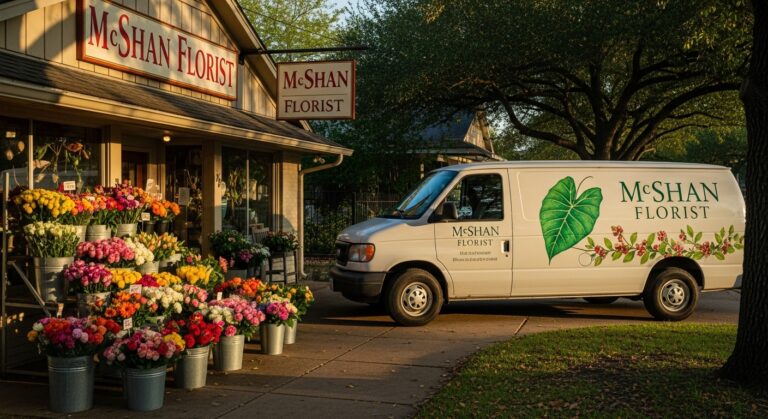Everything You Need to Know About 2226 SE 11th Walla Walla WA and the SE Corridor
When Sarah Martinez first drove down SE 11th Street in Walla Walla three years ago, she wasn’t expecting to find her forever home. But something about the tree-lined street and the sense of community immediately caught her attention. “There’s this perfect balance here,” she explains, standing in front of her property at 2226 SE 11th. “You’re close enough to downtown to walk to the farmers market, but far enough out to actually hear the birds in the morning.”
The Southeast Walla Walla Story
The southeast corner of Walla Walla is one of the most interesting residential narrations of the city. Whereas downtown receives the tourist focus and the westside has the historic appeal, neighborhoods such as SE 11th have developed almost in silent terms as some of the most livable ones in the entire valley. Acres are not uncommon on properties along this corridor vs. being closer to the urban core as many of the homes have quarter- acre to half-acre lots.
Local real estate agent Mike Thompson, who has worked the Walla Walla market for 15 years, notes a significant shift in buyer preferences. “Five years ago, everyone wanted to be within walking distance of Main Street. Now, we’re seeing buyers prioritize space, privacy, and value. SE 11th checks all those boxes.”
The data supports Thompson’s observation. Walla Walla currently has over 200 homes on the market, but properties in the southeast sector consistently sell faster than the city average, often within 45 days compared to the county-wide average of 62 days.
What Makes 2226 SE 11th Special
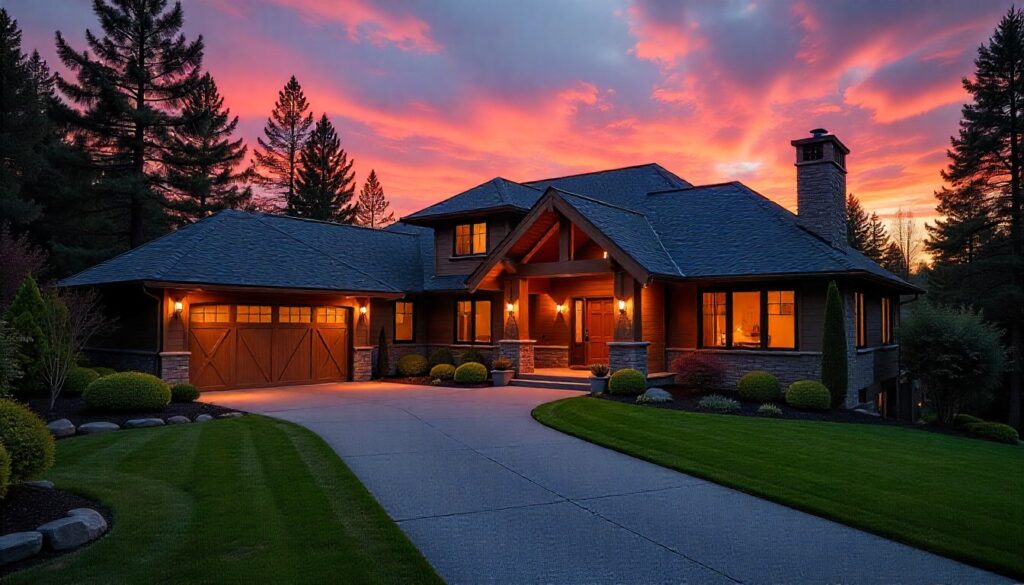
The 2200 block of SE 11th epitomizes a mini version of the residential growth of Walla Walla. Majority of these homes were constructed in the 1960s and 1970s and thus have the advantage of having decades of loving upgrades and modification by their owners as well as the advantage of mid-century building standards as well.
Tom Rodriguez has lived two blocks away since 1987 and watched the neighborhood transform. “When I moved here, SE 11th was mostly young families just starting out. Now it’s a real mix – you’ve got retirees who’ve been here for decades, young professionals who work remotely, and families who’ve discovered they can get more house for their money out here.”
The infrastructure improvements tell their own story. The city installed new LED street lighting throughout the SE 11th corridor in 2019, upgraded the storm drainage system in 2020, and resurfaced the street in 2021. These aren’t just maintenance projects – they’re investments in a neighborhood the city sees as integral to its future growth.
Living the SE 11th Lifestyle
Jennifer Wong relocated to 2226 SE 11th Seattle in 2022, after her pursuit of so-called anti-commute lifestyle. She used to work in tech consulting which required good internet and closeness to amenities yet she wanted to get out of the urban rat race. Now I can walk my dog past the real farms toward getting coffee in the city in the mornings. Do that in Capitol Hill.
The location offers legitimate walkability to key destinations: downtown Walla Walla is a 12-minute walk, Pioneer Park is six minutes, and the Saturday farmers market – consistently ranked among the Northwest’s best – is an easy 15-minute stroll. For longer trips, Highway 12 access is less than two miles away, connecting residents to the Tri-Cities in under an hour.
The Numbers That Matter
The analysis of the new market shows very convincing figures concerning the SE 11 th neighborhood. Over the last five years, properties in the SE ninth to SE 13th streets have been increasing by 8.3 percent on average annually which has been beating the state and national average growth. Our median lot size in this corridor is 0.31 acres but in the city it is 0.18 acres.
Utility costs remain competitive, with average monthly electricity bills running $127 for a typical 1,800-square-foot home, and natural gas averaging $89 during winter months. Property taxes, while rising with valuations, still clock in at approximately 1.1% of assessed value – reasonable by Washington state standards.
Challenges and Considerations
Longtime resident Patricia Kim offers a balanced perspective: “It’s not perfect. We’re still dealing with occasional water pressure issues during peak summer irrigation season, and the nearest grocery store is a drive rather than a walk.” She pauses, then adds, “But honestly, after living in Portland for twenty years, these feel like minor inconveniences rather than real problems.”
Some growing pains are there in the area. The interest has led to higher prices of the property and some long-time residents may not be able to afford to live in the area. Also, the infrastructure developmental process taking place in the city, though important, has resulted in temporary inconvenience to the citizens who have to cope with road and building construction projects.
FAQs About Life on SE 11th
Q: What’s the typical commute time to major employers in the area? A: Walla Walla General Hospital is 8 minutes by car, Whitman College is 6 minutes, and the Port of Walla Walla industrial area is 12 minutes. For those working in the Tri-Cities, expect a 45-minute drive.
Q: How’s the school situation? A: The area falls within the well-regarded Walla Walla Public Schools district. Green Park Elementary is the neighborhood school, with Lincoln High School serving older students.
Q: What about internet and utilities reliability? A: Charter Spectrum provides cable internet with speeds up to 400 Mbps. Avista handles electricity and natural gas service, both generally reliable. Cell service is strong for all major carriers.
Q: Are there HOA restrictions? A: Most properties in the SE 11th corridor are not part of formal HOAs, giving owners more flexibility for improvements and landscaping choices.
Looking Forward
The city planning documents point out that development will continue in the southeast quadrant, and push toward improving pedestrian links and possible development of further park space. The neighborhood is what planners refer to as smart growth i.e. the development that does not change the character of a neighborhood and continues to accept new people.
As Martinez puts it, “We’re not trying to recreate downtown Seattle out here. We’re building something that feels authentically Walla Walla – connected to the land, close to community, but with enough space to actually live.”
Compared against other homes in the neighborhood that potential purchasers may look at, such as 2226 SE 11th, the fundamentals are good: good infrastructure, increasing amenities, competitive prices and a true sense of community that is so lacking in housing today.
The SE 11th corridor represents more than just another residential street – it’s a snapshot of how smaller cities across the Pacific Northwest are evolving to meet the needs of residents seeking quality of life over urban intensity.
